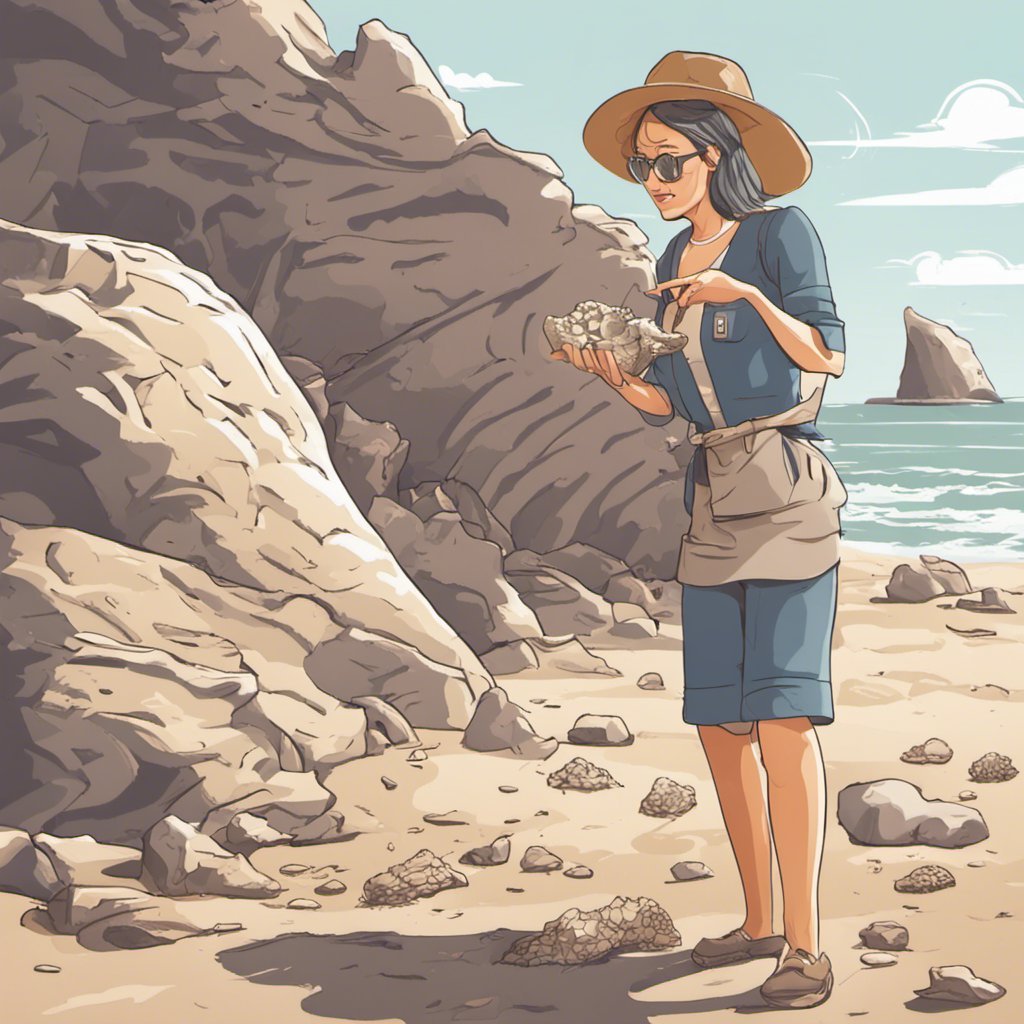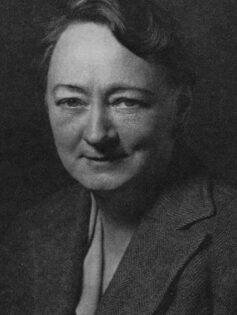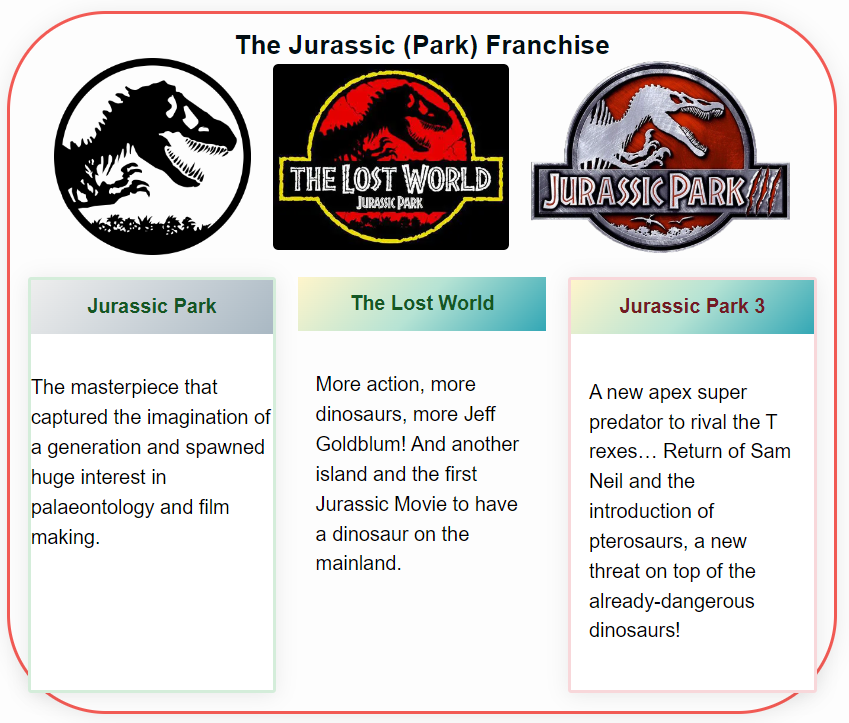Pioneering Women in the Field of Studying Prehistoric Life
Table of Contents
Paleontology, a branch of science that focuses on the study of prehistoric life forms, has witnessed numerous groundbreaking contributions from women throughout its history.
These female paleontologists have helped to shape and redefine the field by making significant discoveries and spearheading innovative research. Their tireless work has paved the way for generations of women in the Earth sciences while also providing valuable insights into the ancient world.
One of the most prominent female paleontologists is Mary Anning, an English fossil collector and dealer whose discoveries in the Jurassic marine fossil beds of Lyme Regis, England garnered international recognition. Acknowledged as one of the pioneers in the field, Anning’s meticulous documentation of her finds expanded human knowledge and established her as a respected figure in paleontology. Today, female paleontologists continue to advance the field, uncovering new clues about Earth’s past and inspiring others to join the pursuit of scientific discovery.
In this article, we will explore the lives and contributions of some notable female paleontologists, highlighting their influential work and the ways in which they have reshaped our understanding of the paleontological world. Through their dedication to science, these trailblazers have left an indelible mark on the field of paleontology and opened doors for future generations of aspiring women scientists.
Historical Overview
The field of paleontology has a rich history of dedicated and passionate women who have made significant contributions to our understanding of ancient life. One of the earliest and most notable female paleontologists was Mary Anning (1799-1847), a British fossil collector and naturalist. She discovered numerous important fossils during her lifetime, including the first complete Ichthyosaur skeleton found in the Jurassic period deposits along the coast of England. Anning’s discoveries were groundbreaking, so much so that geologist Georges Cuvier, often referred to as the “father of paleontology,” was impressed by her work and even defended her findings publicly.
Over the years, a number of other pioneering women have followed in Anning’s footsteps, pushing the boundaries of paleontology and contributing to our understanding of Earth’s history.
The exhibit “Daring to Dig: Women in American Paleontology” at the Museum of the Earth explores the achievements, adventures, and discoveries made by various women in American paleontology over the past few centuries. This exhibit highlights both the scientific accomplishments of these women and the personal and societal challenges they faced in their pursuit of this scientific discipline.
The Jurassic period, with its fascinating and significant assemblage of dinosaurs and other prehistoric creatures, was an era of great interest to many female paleontologists. Their discoveries and research during this time period have played a crucial role in shaping our understanding of the prehistoric world. Among these notable women are Elvira Wood, Margaret Wheat, and Joan Wiffen, whose dedication and persistence in the field often led them to uncharted territories.
Throughout the history of paleontology, women have faced unique obstacles and challenges, including sexism, lack of opportunities, and limited recognition for their work. Much like science and academia in general.
However, they have consistently shown tenacity, passion, and an unwavering commitment to the field. Today, more women than ever are participating in paleontology, and their continued contributions will undoubtedly pave the way for future generations of female scientists to explore and better understand our planet’s history.
Contributions to Paleontology
Mary Anning is a prominent figure in the history of paleontology, known for her significant discoveries in the field. Born in 1799, she grew up in the coastal town of Lyme Regis, England, which is rich in marine fossils. Anning’s keen eye for spotting fossils led her to uncover the first complete ichthyosaur skeleton, a large marine reptile that lived during the time of the dinosaurs.
Anning’s work in Lyme Regis continued to yield important finds, such as the discovery of the first nearly complete plesiosaur skeleton, another marine reptile from the same era. This discovery challenged the existing scientific understanding of prehistoric life and helped establish the field of paleontology. She also made crucial contributions to the study of ammonites, extinct mollusks with spiral shells, which helped establish them as an essential tool in understanding geological time periods.
In addition to her remarkable fossil discoveries, Anning had a fascinating connection with the scientist, William Buckland. Buckland was an English geologist and paleontologist known for his work on coprolites – fossilized feces. Anning’s discovery of coprolites in ichthyosaur stomach remains helped demonstrate that these extinct creatures were carnivorous, feeding on other marine life.
Explorations like Mary Anning’s paved the way for women in paleontology. The exhibition Daring to Dig: Women in American Paleontology highlights the achievements and discoveries made by women paleontologists in the United States, including their work on fossils and their contributions to our understanding of evolution and prehistoric life.
These significant female paleontologists and their contributions to the field of paleontology prove that their endeavors were not only groundbreaking in their time but continue to impact our understanding of Earth’s history today. By discovering new species and shedding light on the ancient world, they have left an indelible mark on scientific research and our perception of the history of life on Earth.
Influential Female Paleontologists
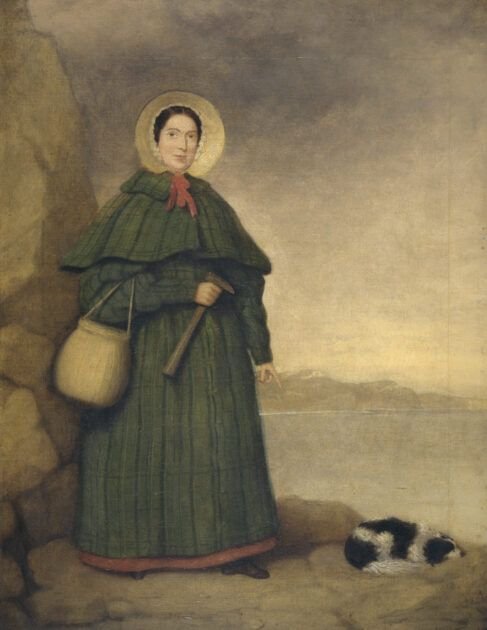
Mary Anning
Mary Anning (1799-1847) was an early English fossil collector and paleontologist. She is famous for her discoveries of prehistoric fossils in the coastal cliffs of Lyme Regis, England. Anning gained recognition as a fossil hunter and her discoveries contributed significantly to the understanding of prehistoric life.

Tilly Edinger
Tilly Edinger (1897-1967) was a groundbreaking German paleontologist who is considered the founder of paleoneurology. She studied life’s evolutionary history through an analysis of fossilized brains. Edinger faced adversity as a Jewish woman working in sciences during the Nazi era, yet she continued her work and eventually relocated to the United States.
Linda Ivany
Linda Ivany is an American paleontologist known for her groundbreaking work in studying the effects of climate change on ancient marine ecosystems. With a focus on the fossil record, Ivany’s research has provided important insights into how ecosystems have responded to climate changes in the past, helping scientists understand the potential impacts of current climate change.
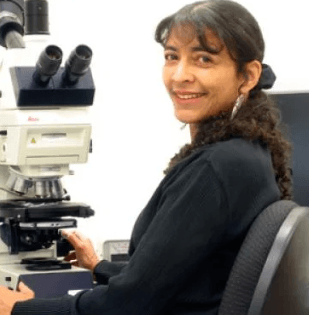
Professor Karen Chin
Karen Chin is a renowned paleontologist and professor who has significantly advanced the understanding of dinosaur ecosystems. Chin’s expertise in coprolites, or fossilized feces, has led to the discovery of previously unknown aspects of dinosaur diets and their ecological relationships. Her work has been recognized by National Geographic and other esteemed publications.
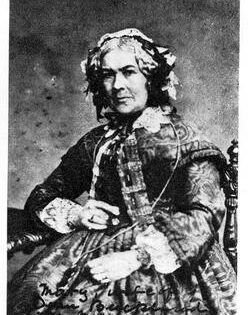
Mary Buckland
Mary Buckland (1797-1857) was an English paleontologist and scientific illustrator who worked alongside her husband, geologist William Buckland. While she was often overshadowed by her husband’s accomplishments, Mary played a pivotal role in their fossil discoveries and scientific work, including the discovery of the first-known dinosaur, Megalosaurus.

Mary Dawson
Mary Dawson (1928-2020) was an American paleontologist who made significant contributions to the understanding of the Arctic during the Eocene Epoch. Dawson’s work focused on the study of fossil mammals, and her analysis of their dispersal patterns shed light on ancient climate conditions and biogeographic connections between North America and Eurasia.
Esther Applin
Esther Applin (1895-1972) was an American geologist and paleontologist who pioneered the use of microfossils in petroleum exploration. Her innovative work led to the discovery of important oil reservoirs. Despite facing discrimination in her field, Applin became a key figure in the industry and was instrumental in the development of women’s roles in the Earth sciences.
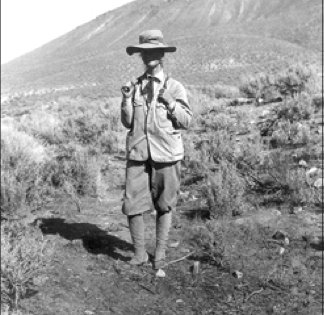
Annie Alexander
Annie Alexander (1867-1950) was an American philanthropist, naturalist, and fossil collector. As a major contributor to the founding of the Museum of Paleontology at the University of California, Berkeley, Alexander played a significant role in promoting the study of paleontology in higher education. Her support empowered many women to pursue careers in STEM fields.
Museum Exhibitions and Contributions
The Museum of the Earth, in collaboration with the Paleontological Research Institution, created an exhibit called “Daring to Dig: Women in American Paleontology.” This exhibit showcases the remarkable achievements, adventures, and discoveries made by female paleontologists over the past several centuries. In the early days, women contributed to paleontology as scientific illustrators, fossil collectors, wealthy patrons, and teachers. However, they sometimes did not receive the credit or pay they deserved for their work and discoveries.
The exhibit highlights not only the influential women in American paleontology’s past but also those currently making an impact in the field. These displays aim to inspire and encourage more people, especially women, to pursue careers in Earth sciences. Through educational materials, events, and interactive experiences, the Museum of the Earth is playing a significant role in shedding light on the often untold stories of female paleontologists.
Another institution, the Geological Society of London, has been instrumental in promoting the contributions of women in paleontology. By including their research in the society’s publications and promoting their work, the Geological Society of London has helped to bring women’s accomplishments to the forefront of the field.
In collaboration with National Geographic, the Jurassic Coast, located in Southern England, has gained renown worldwide as a tourist destination for its rich display of fossils and geological wonders. Mary Anning, one of the most famous female paleontologists, made many of her significant discoveries on this very coastline. Anning’s groundbreaking work on ammonites and other marine fossils found on the Jurassic Coast has greatly contributed to the development of paleontological knowledge.
Aside from museum exhibits and coastal explorations, encyclopedias and other educational resources also feature women paleontologists. These sources document their contributions and help disseminate crucial information to researchers, academics, and the general public. By presenting the works of these female pioneers, museums and institutions worldwide contribute to promoting diversity in paleontology and recognizing the undeniable impact that women have had in shaping the field.
Resources for Further Reading
To learn more about famous female paleontologists and their impact on the field, there are several resources available. One excellent starting point is the Daring to Dig: Women in American Paleontology project by the Paleontological Research Institution (PRI). This project highlights the achievements, adventures, and discoveries made by women paleontologists over the past several centuries. In addition to an informative website featuring biographies of important female paleontologists, the project also includes a graphic-novel style book for children and a special exhibit at the Museum of the Earth.
Within the Daring to Dig project, there is an extensive list of Paleontologist Profiles, providing biographies and details about the work and contributions of various female paleontologists. This resource serves as an excellent starting point for those interested in learning about the pioneers and current leaders in the field.
For a more in-depth look at the lives and work of specific female paleontologists, BioLogos has published an interesting article discussing the profiles of three women of faith who made important early contributions to the science of paleontology. This article, titled “Pioneering Women of Paleontology,” is a valuable resource for understanding the challenges and accomplishments of these women throughout history.
Besides articles and biographies, events related to female paleontologists and their work are held from time to time. Keep an eye on the Museum of the Earth’s events page for updates on upcoming events that might focus on this topic. Additionally, consider supporting institutions that promote the research and preservation of paleontology through donations or by visiting their store, where you can find educational materials and unique items related to the field.
In conclusion, exploring these resources will provide valuable insights into the important contributions of female paleontologists in shaping our understanding of Earth’s history. Reading articles, participating in events, and supporting institutions like the Museum of the Earth can help raise awareness for the impactful work of these women and inspire future generations of female paleontologists.
If you know of any other paleontologists or similar scientists that you think should be included, feel free to leave a comment or email tony@dinosaurseverywhere.com
Frequently Asked Questions
Who are some well-known female paleontologists?
Some well-known female paleontologists include Annie Alexander, Mary Anning, Esther Applin, and Mary Leakey. These women made significant contributions to the field of paleontology, despite facing challenges throughout their careers.
What contributions have female paleontologists made to fossil research?
Female paleontologists have made numerous contributions to fossil research. For example, Mary Anning was a self-taught paleontologist who discovered the first complete ichthyosaur and plesiosaur skeletons. Annie Alexander was a philanthropist and amateur paleontologist who funded and participated in multiple fossil hunting expeditions. Esther Applin was a pioneer in the application of microfossils and stratigraphy to the oil industry.
How has Mary Anning impacted the field of paleontology?
Anning made a significant impact on paleontology through her discoveries of the first complete ichthyosaur and plesiosaur skeletons. Furthermore, her detailed observations and depictions of fossils helped establish the scientific study of these specimens. Her work continues to inspire generations of paleontologists.
What are some notable findings by female paleontologists?
Some notable findings by female paleontologists include Mary Anning’s discoveries of ichthyosaur and plesiosaur skeletons, Mary Leakey’s unearthing of hominid fossils at Olduvai Gorge, and Annie Alexander’s collection of Miocene vertebrate fossils which contributed to the understanding of the natural history of California.
In which branch of paleobiology have female scientists made significant discoveries?
Female scientists have made significant discoveries in various branches of paleobiology. For example, paleobiology is a subfield of paleontology that focuses on the study of ancient organisms and their interactions with the environment. Women like Tilly Edinger and Carol Faul have conducted important research in this field, contributing to our understanding of the evolution and ecology of extinct species.
How have female paleontologists shaped the field of paleobiology?
Female paleontologists have shaped the field of paleobiology by breaking new ground in methodologies, making important discoveries, and training future generations of scientists. By overcoming obstacles and demonstrating their skills and knowledge, women paleontologists have contributed to a more inclusive and diverse scientific community, which in turn has led to more innovative and comprehensive research in paleobiology.
